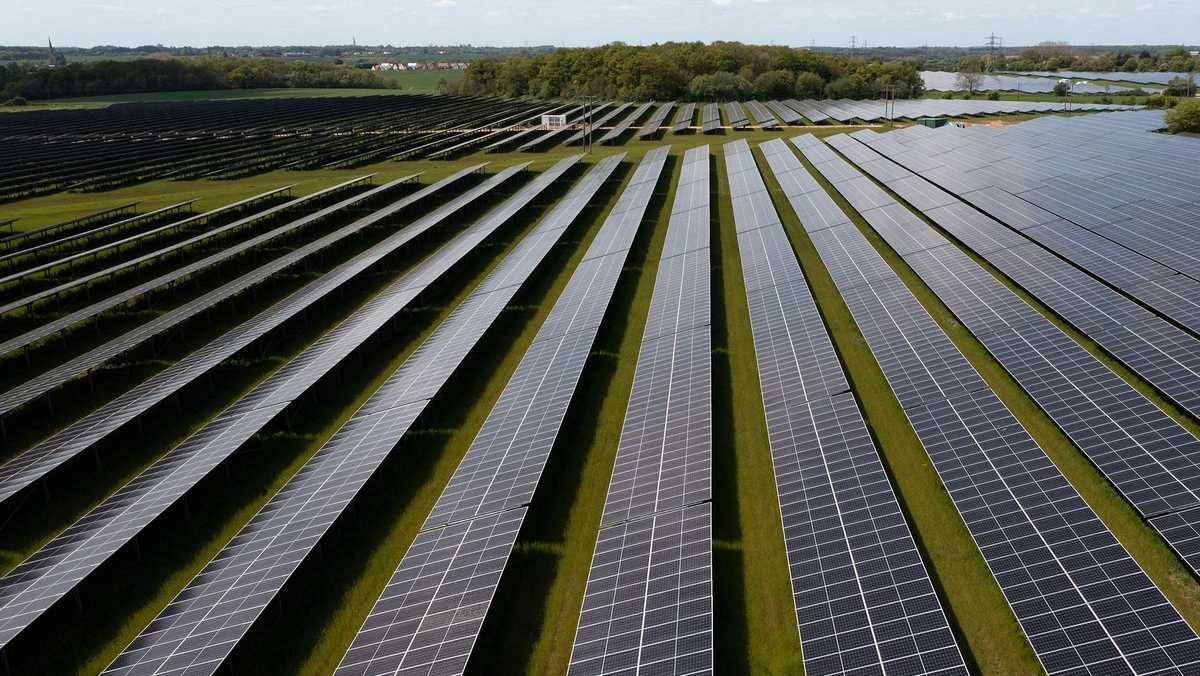Tomato growers in central India have expressed increasing concerns about the unpredictability caused by extreme weather conditions in the region. Over the past decade, severe droughts have been a recurring issue, resulting in significant crop damage and affecting the local farmers’ livelihoods.
Meanwhile, in a different part of the world, ClimateAi, a startup based in Silicon Valley, is in the process of developing an artificial intelligence platform. This platform aims to assess the susceptibility of crops to rising temperatures in the next twenty years. By utilizing data on climate, water, and soil specific to each location, the tool can evaluate the future viability of agricultural landscapes.
One of the initial case studies conducted by ClimateAi in Maharashtra, India in 2021 revealed alarming findings. Through simulations based on the data provided by farmers regarding their seed selection and planting locations, ClimateAi predicted a substantial 30% decline in tomato production due to extreme heat and drought over the next two decades. This warning prompted growers to make strategic adjustments to their farming practices.
The results were pivotal as tomato producers in the region adapted their business strategies by transitioning to more climate-resilient seed varieties and altering their planting schedules. Traditionally, finding new suitable growing areas post-climate change challenges is a time-consuming process for farmers. However, with the assistance of ClimateAi, this task can now be accomplished within minutes, leading to significant cost savings, as highlighted by Himanshu Gupta, a co-founder of ClimateAi with roots in India.
Gupta emphasized that AI serves as an efficiency multiplier in climate change solutions, enabling a more effective assessment of future farming risks. This application of artificial intelligence technology represents just one aspect of its broader utilization in combating the climate crisis.
While AI has gained widespread attention through consumer-facing tools like ChatGPT, experts believe that its impact extends far beyond, potentially revolutionizing various industries. Climate researchers have long recognized the potential of AI to enhance their understanding of climate change dynamics and facilitate effective responses to these challenges.
The efficiency and predictive capabilities of AI make it particularly well-suited for optimizing decisions and resources across different domains, ranging from micro-level molecular interactions to broader climate systems. This transformative potential becomes increasingly crucial given the accelerated pace of global warming and the urgent need to expedite the deployment of sustainable solutions.
Despite the immense promise of AI, there are environmental considerations associated with the infrastructure supporting this technology. Data centers, housing powerful AI systems, consume significant energy and may strain environmental resources. Collaboration between software engineers and climate scientists is essential to strike a balance between harnessing AI’s benefits and mitigating its environmental footprint.
In conclusion, the integration of artificial intelligence in climate research and mitigation efforts signifies a significant step towards addressing the complex challenges posed by climate change. As the application of AI continues to evolve, it is essential to navigate the environmental implications thoughtfully and ensure accessibility and affordability, particularly for regions disproportionately impacted by climate change.






